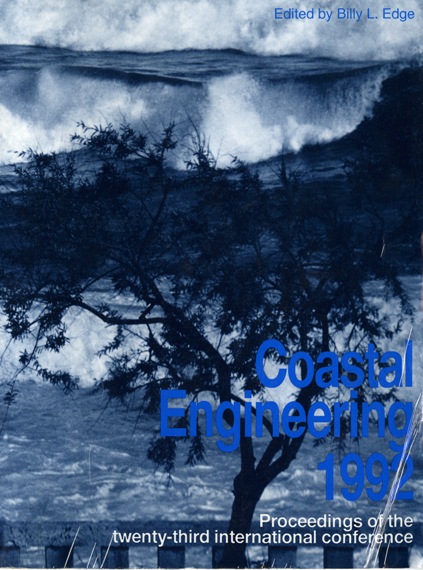Abstract
A finite-difference model is used to compare long wave amplitudes arising from two group-forced generation mechanisms in the nearshore: long waves generated at a time-varying breakpoint and the shallow-water extension of the bound long wave. Plane beach results demonstrate that the strong frequency selection in the outgoing wave predicted by the breakpoint-forcing mechanism may not be observable in field data due to this wave's relatively small size and its predicted phase relation with the bound wave. Over a bar/trough nearshore, it is shown that a strong frequency selection in shoreline amplitudes is not a unique result of the time-varying breakpoint model, but a general result of the interaction between topography and any broad-banded forcing of nearshore long waves.
Authors retain copyright and grant the Proceedings right of first publication with the work simultaneously licensed under a Creative Commons Attribution License that allows others to share the work with an acknowledgement of the work's authorship and initial publication in this Proceedings.

